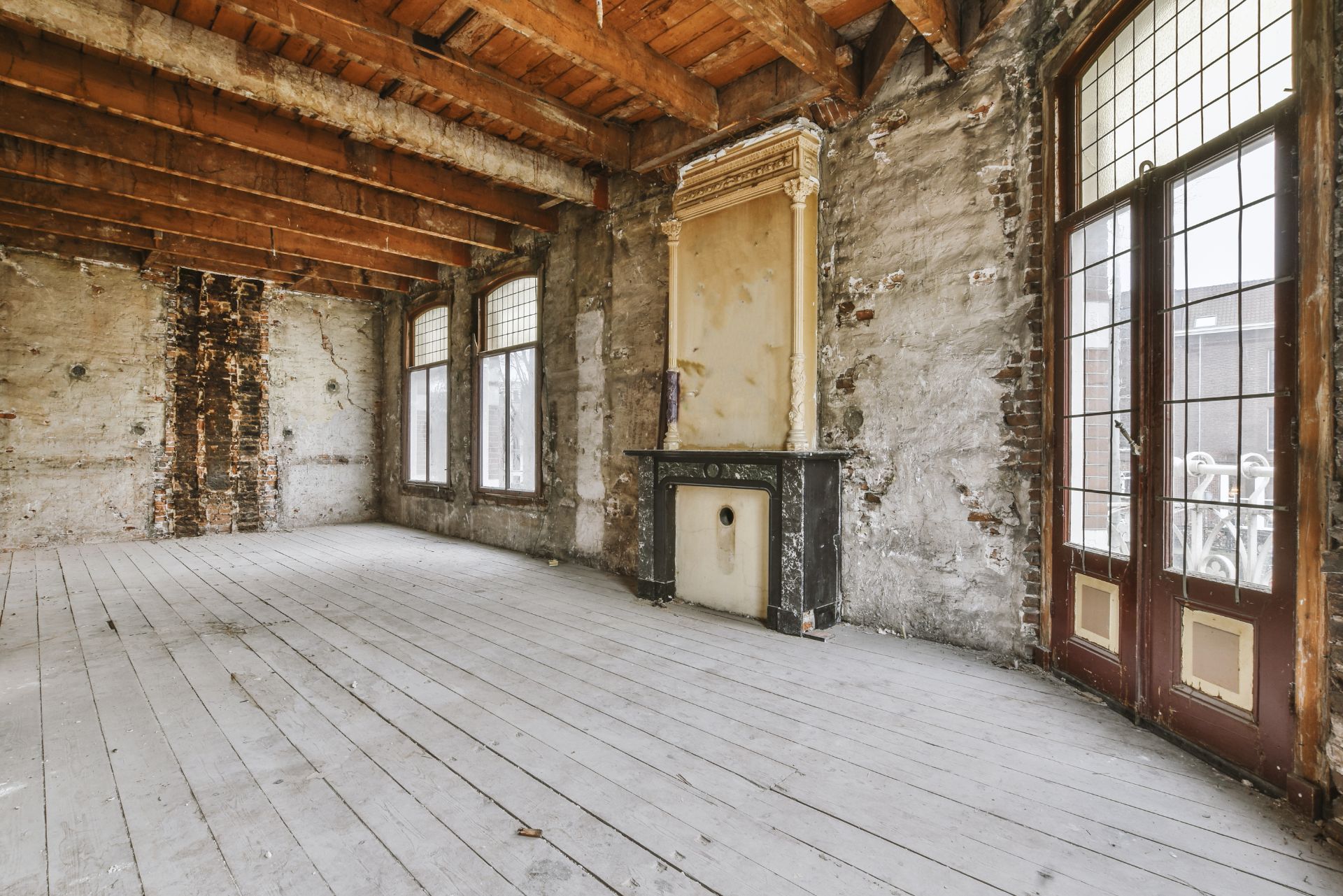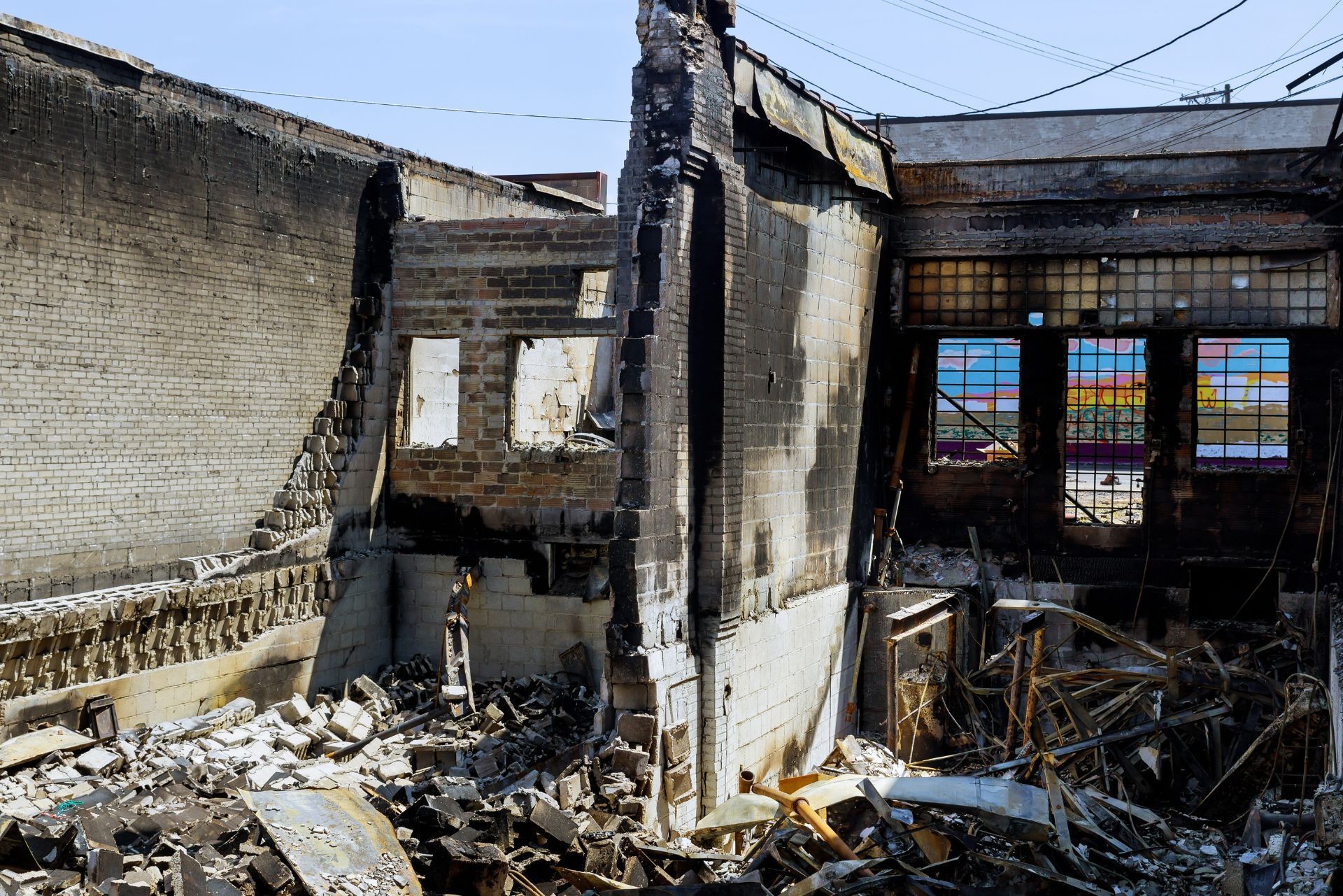Top 3 Recommended Policies

As New York’s commercial real estate landscape continues to evolve, property owners face mounting challenges, especially when it comes to insuring vacant buildings. With office vacancy rates climbing and insurance premiums soaring, understanding vacant building insurance in New York has never been more critical. This article explores the current market dynamics, the risks associated with vacant properties, and what owners need to know to protect their investments effectively.
According to Business Insurance, the U.S. office vacancy rate hit a record 19.6% in late 2023, signaling a surge in empty office spaces nationwide. New York, with its high concentration of commercial buildings, is no exception, and this trend has significant implications for property insurance.
The Rising Tide of Office Vacancies in New York
Vacancy rates in New York offices have been steadily increasing, with the second quarter of 2024 reporting a vacancy rate of 15.3% in the city’s office market. This figure highlights a substantial amount of unoccupied space that property owners must manage carefully.
Vacant buildings present unique challenges. They are often more vulnerable to risks such as fire, theft, and vandalism. This vulnerability is a primary reason insurance companies view vacant properties as higher risk, leading to stricter underwriting standards and higher premiums.
Claire Wilkinson of Business Insurance notes that "vacant buildings are viewed as more exposed to potential losses, such as from fire, theft, and vandalism," underscoring why insurers are cautious with these properties.
Why Are Vacancy Rates So High?
Several factors contribute to the growing vacancy rates. The rise of remote work and hybrid office models has reduced demand for traditional office space. Additionally, economic uncertainties and shifts in business strategies have led many companies to downsize or relocate.
For property owners, this means a growing number of buildings remain empty for extended periods, increasing the risk profile and complicating insurance coverage.
Moreover, the evolving landscape of urban living has prompted many businesses to reconsider their physical presence in densely populated areas like Manhattan. With the advent of technology enabling seamless communication and collaboration, companies are finding that they can operate effectively without maintaining a large office footprint. This trend has been further accelerated by the pandemic, which has reshaped employee expectations around work-life balance and flexibility.
Additionally, the economic climate plays a significant role in influencing vacancy rates. As businesses grapple with inflation and fluctuating market demands, many are opting to cut costs by reducing their real estate commitments. This shift has led to a surplus of available office space, which, in turn, creates downward pressure on rental prices and further exacerbates the vacancy issue. As landlords face these challenges, they are exploring innovative solutions, such as repurposing office spaces into mixed-use developments or co-working environments, to attract tenants and revitalize their properties.

Understanding the Risks of Vacant Buildings
Vacant buildings are inherently riskier to insure because they are more susceptible to incidents that can cause significant damage. One of the most pressing concerns is fire. Annually, there are approximately 31,000 fires in vacant buildings across the U.S., resulting in dozens of deaths, hundreds of firefighter injuries, and roughly $1 billion in property damage, according to Buckley Insurance.
These statistics highlight the critical need for adequate insurance coverage tailored to vacant properties. The absence of regular occupancy means that fires or other damages might go unnoticed longer, exacerbating losses. Furthermore, the lack of routine maintenance can lead to structural issues, such as roof leaks or pest infestations, which can worsen over time and create additional hazards.
Moreover, vacant buildings often attract vandalism and theft, further increasing the potential for costly claims. Insurers factor these risks heavily when determining premiums and coverage terms. The presence of broken windows, graffiti, or other signs of neglect can not only diminish property value but also signal to potential criminals that the building is an easy target, leading to further financial repercussions for the property owner.
Insurance Challenges Specific to Vacant Properties
Insurance companies typically impose stricter conditions on vacant building policies. These may include requirements for regular inspections, security measures, and maintenance to mitigate risks. Failure to comply can result in denied claims or policy cancellation. Property owners may find themselves in a precarious situation if they are unable to meet these conditions due to financial constraints or lack of access to the property.
Additionally, many standard property insurance policies exclude coverage for vacant buildings or limit the coverage period after a building becomes vacant. Property owners must seek specialized vacant building insurance policies to ensure protection. These policies often come with higher premiums and specific terms that require the owner to demonstrate active efforts to secure and maintain the property. This could involve installing security systems, hiring a property management service, or even engaging local law enforcement to conduct regular patrols, all of which can add to the overall cost of ownership.
Why Are Insurance Premiums Increasing in New York?
Insurance premiums for vacant buildings in New York have been rising sharply. Property owners have reported premium increases of 10% or more, with some facing even steeper hikes. This trend is driven by multiple factors, including the heightened risk profile of vacant properties and broader market forces.
Sean Kent, Senior Vice President of Insurance at FS Insurance Brokers, explains, "We have had a handful of buildings who have really struggled to make ends meet because of the premiums that they’re being forced to pay just to insure their buildings," as reported by The City NYC.
One significant contributor to rising premiums is the increase in reinsurance costs nationwide. The Insurance Information Institute reports that reinsurance rates have surged by 20% to 60% due to a rise in catastrophic claims, which in turn drives up primary insurance premiums for property owners, including those insuring vacant buildings.
New York’s Unique Insurance Cost Landscape
New York stands out for its higher insurance costs compared to other states. A 2014 report from the New York Building Congress found that insurance expenses for construction projects in New York are about 10% of total construction costs, double the national average of 5%, according to City Journal.
This elevated cost structure extends to insurance for existing buildings, including vacant ones, making it more expensive for property owners to maintain adequate coverage. Additionally, the urban landscape of New York, characterized by older buildings and a high density of structures, contributes to the complexity of risk assessment for insurers. As properties age, they may require more maintenance and are at a higher risk for claims related to structural issues or vandalism, further complicating the insurance landscape.
Moreover, the economic environment in New York, marked by fluctuating real estate values and ongoing changes in zoning laws, adds another layer of uncertainty for insurers. Property owners are often caught in a cycle where rising premiums make it difficult to invest in necessary renovations or improvements, which could otherwise mitigate risks and potentially lower their insurance costs. This situation creates a challenging dynamic for both insurers and property owners, as they navigate the intricacies of maintaining coverage while managing the financial implications of these increasing premiums.
Strategies for Managing Vacant Building Insurance Costs
Given the rising costs and risks, property owners must adopt proactive strategies to manage insurance expenses while ensuring sufficient coverage.
One effective approach is enhancing building security and maintenance. Regular inspections, functioning alarm systems, and prompt repairs can reduce the risk of claims and demonstrate to insurers that the property is well-managed despite being vacant. Additionally, investing in technology such as surveillance cameras and smart locks can provide real-time monitoring and alerts, further deterring vandalism or unauthorized access. These measures not only protect the property but can also enhance its overall value, making it more appealing to potential tenants or buyers in the future.
Additionally, owners should work closely with insurance brokers who specialize in vacant building policies. These professionals can help navigate complex underwriting requirements and identify coverage options that balance cost and protection. A knowledgeable broker can also provide insights into market trends and help property owners understand the nuances of their specific insurance needs, ensuring they are not overpaying for unnecessary coverage while still being adequately protected.
Considerations When Choosing a Policy
When selecting vacant building insurance, it’s essential to understand policy terms thoroughly. Coverage limits, exclusions, and conditions such as vacancy clauses can significantly impact the effectiveness of the policy. For instance, some policies may only cover specific types of damage, such as fire or theft, while excluding others like water damage or vandalism, which can be particularly relevant for vacant properties. Therefore, a detailed review of these terms can prevent unpleasant surprises when a claim needs to be filed.
Owners should also inquire about any discounts or risk mitigation incentives offered by insurers. Some companies may reduce premiums if certain safety measures are implemented or if the vacancy period is expected to be short. Furthermore, engaging in community programs that promote neighborhood safety can also be beneficial; insurers often view properties in well-maintained areas as lower risk. By fostering relationships with local law enforcement or participating in neighborhood watch initiatives, property owners can not only enhance security but may also qualify for additional discounts on their insurance premiums.

The Future Outlook for Vacant Building Insurance in New York
With office vacancy rates remaining elevated and insurance premiums continuing to rise, the challenges facing New York property owners are unlikely to diminish soon. However, awareness and strategic risk management can help mitigate these pressures.
Industry experts anticipate that insurance companies will maintain a cautious stance toward vacant buildings, potentially leading to further premium increases or more restrictive policy terms. Staying informed about market trends and maintaining open communication with insurers will be critical for property owners.
For those navigating this complex environment, resources like Builders Institute provide valuable insights into evolving insurance cost trends and strategies to manage them effectively.
Moreover, the landscape of vacant building insurance is influenced by broader economic factors, including shifts in remote work policies and urban development trends. As more companies adopt flexible work arrangements, the demand for traditional office spaces may continue to decline, prompting property owners to rethink their strategies. This could lead to innovative uses for vacant buildings, such as converting them into mixed-use spaces or affordable housing, which may, in turn, attract different types of insurance products that cater to these new purposes.
Additionally, the role of technology in risk assessment and management cannot be overlooked. Insurers are increasingly utilizing data analytics and artificial intelligence to evaluate risks associated with vacant properties. By adopting smart building technologies and enhancing security measures, property owners can potentially lower their insurance premiums by demonstrating a proactive approach to risk mitigation. Engaging with insurers about these advancements can also open doors to more favorable policy terms and conditions, allowing owners to navigate the insurance landscape with greater confidence.
Conclusion
Vacant building insurance in New York is a complex but essential aspect of property management in today’s market. With office vacancies at historic highs and insurance premiums on the rise, understanding the risks and insurance landscape is crucial for property owners.
By recognizing the unique challenges posed by vacant buildings, staying informed about insurance market developments, and implementing proactive risk management strategies, owners can better protect their investments and navigate the evolving commercial real estate environment in New York.
Contact Us
Phone
Location
